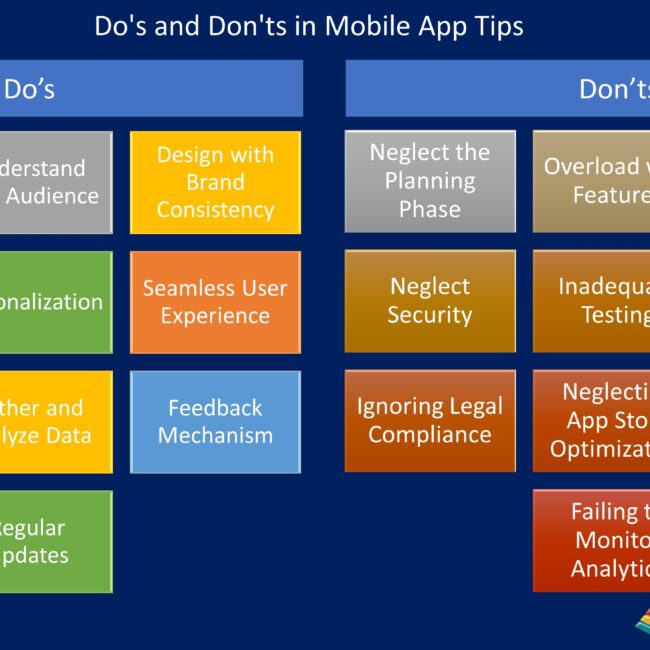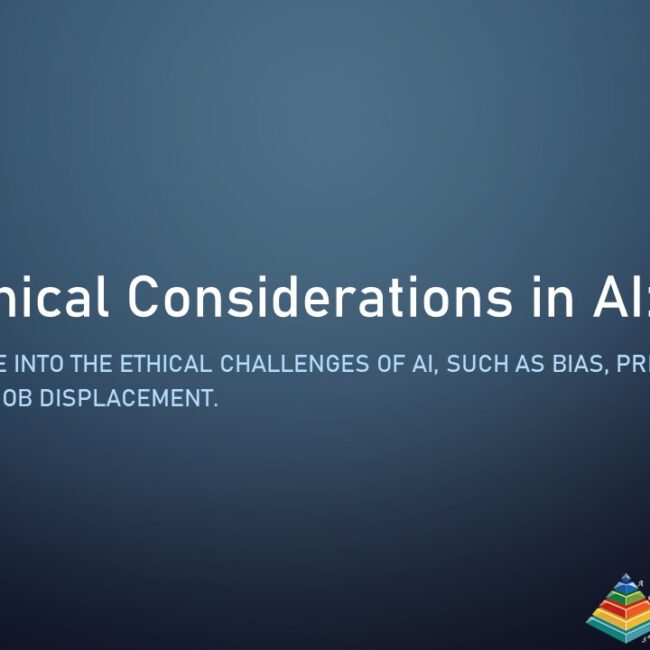
Demystifying the Mobile App Development Lifecycle: A Step-by-Step Guide
A Detailed Breakdown of Each Phase in App Development
Mobile app development is a complex and multifaceted process that involves several distinct phases, each of which plays a crucial role in bringing an app from an idea to a reality. In this blog, we’ll provide a detailed breakdown of each phase in app development, guiding you through the journey of creating a successful mobile application.
1. Idea Generation and Conceptualization
The first phase is where it all begins, with the birth of an idea for an app. This phase involves brainstorming, research, and conceptualization. Key activities include:
- Idea Generation: Coming up with a unique and innovative app concept that addresses a specific problem or fulfills a particular need.
- Market Research: Evaluating the market to identify potential competitors and analyzing user needs and preferences. This step helps you refine your app idea.
- Feasibility Analysis: Assessing the technical and financial feasibility of your project. Can your idea be realistically implemented within your budget and timeframe?
2. Planning and Strategy
Once you’ve solidified your app concept, it’s time to create a detailed plan and strategy for development. This phase involves:
- Setting Objectives: Clearly defining the goals and objectives of your app. What are you trying to achieve?
- Project Planning: Creating a project plan that outlines the scope, timeline, resources, and budget for the entire development process.
- Choosing the Development Approach: Deciding whether to build a native app, hybrid app, or progressive web app based on your target audience and goals.
3. Design and Prototyping
In this phase, the visual and functional elements of your app are crafted. Key steps include:
- User Experience (UX) Design: Creating a user-centric design that ensures a smooth and intuitive user journey through the app.
- User Interface (UI) Design: Designing the visual elements, including colors, typography, icons, and layouts, that make your app visually appealing.
- Wireframing and Prototyping: Building wireframes and prototypes to provide a visual representation of the app’s layout and functionality, allowing for early testing and feedback.
4. Development
Once the design is in place, it’s time to turn the concept into a functional app. The development phase involves:
- Choosing a Technology Stack: Selecting the programming languages, frameworks, and tools that are best suited to your app’s requirements.
- Front-End Development: Creating the user interface and user interactions that users will see and interact with.
- Back-End Development: Building the server-side logic, databases, and APIs that power the app’s functionality.
- Quality Assurance and Testing: Rigorously testing the app for functionality, performance, security, and usability.
5. Testing and Quality Assurance
Testing is an ongoing process throughout development. This phase includes:
- Manual and Automated Testing: Conducting both manual and automated tests to identify and fix any bugs or issues.
- User Testing: Engaging real users to test your app and gather feedback on usability and user experience.
- Bug Fixing and Improvements: Addressing identified issues and making necessary improvements to enhance the app’s quality.
6. Deployment
With a fully tested and refined app, it’s time to prepare for launch. Key steps include:
- App Store Submission: Preparing your app for submission to platforms like the Apple App Store and Google Play Store, including creating promotional materials and providing app information.
- Beta Testing: Consider a beta release to a limited audience to gather valuable feedback and make final refinements.
- Launch Strategy: Plan the official launch with a well-thought-out strategy, including marketing efforts and social media promotion.
7. Post-Launch Maintenance
The journey doesn’t end with the app’s release. The post-launch phase involves:
- Monitoring and Analytics: Tracking your app’s performance with analytics tools, measuring user engagement, retention rates, and conversion rates.
- User Feedback: Continuously gathering user feedback through reviews, surveys, and support channels and addressing user concerns.
- Updates and Enhancements: As technology and user expectations evolve, regularly releasing updates and enhancements to keep your app competitive.
Each of these phases plays a vital role in the successful development of a mobile app. While the path to app creation may seem daunting, a well-structured approach that respects each phase’s significance will greatly increase the chances of developing a successful and user-friendly mobile application.


